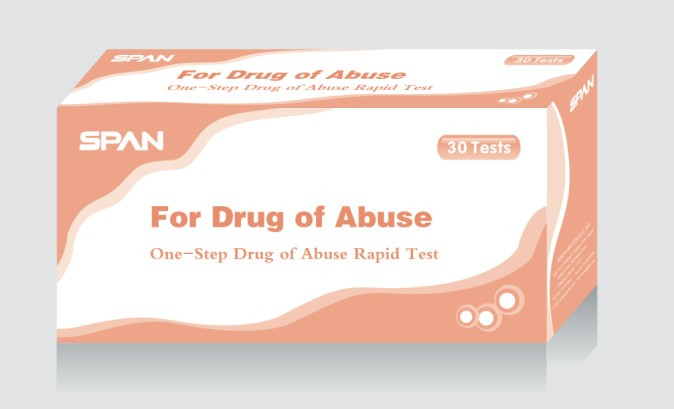METHAMPHETAMINE (MET)
Methamphetamine is an addictive stimulant drug that strongly activates certain systems in the brain. Methamphetamine is closely related chemically to amphetamine, but the central nervous system effects of Methamphetamine are greater. Methamphetamine is made in illegal laboratories and has a high potential for abuse and dependence. The drug can be taken orally, injected, or inhaled. Acute higher doses lead to enhanced stimulation of the central nervous system and induce euphoria, alertness, reduced appetite, and a sense of increased energy and power. Cardiovascular responses to Methamphetamine include increased blood pressure and cardiac arrhythmias. More acute responses produce anxiety, paranoia, hallucinations, psychotic behavior, and eventually, depression and exhaustion.
The effects of Methamphetamine generally last 2-4 hours and the drug has a half-life of 9-24 hours in the body. Methamphetamine is excreted in the urine primarily as amphetamine and oxidized and deaminated derivatives. However, 10-20% of Methamphetamine is excreted unchanged. Thus, the presence of the parent compound in the urine indicates Methamphetamine use. Methamphetamine is generally detectable in the urine for 3-5 days, depending on urine pH level.
The One Step Drug Screen Test Card yields a positive result when the Methamphetamine in urine exceeds 1,000 ng/mL.
PRINCIPLE
The MET One Step Methamphetamine Test Device is a rapid chromatographic immunoassay based on the principle of competitive binding. Drugs which may be present in the urine specimen compete against the drug conjugate for binding sites on the antibody.
During testing, a urine specimen migrates upward by capillary action. Methamphetamines, if present in the urine specimen below 1,000 ng/mL, will not saturate the binding sites of the antibody coated particles in the test device. The antibody- coated particles will then be captured by immobilized Methamphetamine conjugate and a visible colored line will show up in the test line region. The colored line will not form in the test line region if the Methamphetamine level exceeds 1,000 ng/mL because it will saturate all the binding sites of anti-Methamphetamine antibodies.
A drug-positive urine specimen will not generate a colored line in the test line region because of drug competition, while a drug-negative urine specimen or a specimen containing a drug concentration less than the cut-off will generate a line in the test line region.
To serve as a procedural control, a colored line will always appear at the control line region, indicating that proper volume of specimen has been added and membrane wicking has occurred.
The test device contains mouse monoclonal anti-Methamphetamine antibody-coupled particles and Methamphetamine-protein conjugate. A goat antibody is employed in the control line system.
· For healthcare professionals including professionals at point of care sites.
· The test device should remain in the sealed pouch until use.
· All specimens should be considered potentially hazardous and handled in the same manner as an infectious agent.
· The used test device should be discarded according to federal, state and local regulations.
Store as packaged in the sealed pouch at 2-30°C. The test device is stable through the expiration date printed on the sealed pouch. The test device must remain in the sealed pouch until use. DO NOT FREEZE. Do not use beyond the expiration date.




